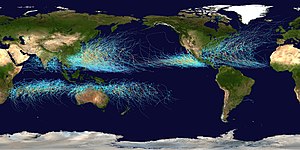La Nature
La Nature
La Nature est un mot polysémique, qui a plusieurs sens fondamentaux :
-la composition et la matière d'une chose (ce qu'elle est, son essence) ,
-l'origine et le devenir d'une chose dans sa spontanéité et sa létargie temporelle
(libre d'une fin, la nature humaine).
-L'ensemble des systèmes et des phénomènes naturels et humains sont aussi reconnues comme des composés de la nature.
Au sens commun la Nature est regroupe :
-des paysages et milieux naturels (terrestres) ; préservés (à forte naturalité) et dégradés ;
-les « forces » et principes physiques, géologiques, tectonique, météorologique, biologique, l'évolution qui constituent l'univers et animent les écosystèmes et la biosphère sur la planète Terre;
-les milieux (eau, air, sol air, mers, monde minéral ;
-Les espèces et le monde végétal (forêts...), animal (dont l'espèce humaine), fongique, bactérien et plus généralement microbien
-certains phénomènes épisodiques de la nature (crises, cycles glaciations/réchauffement climatique, Cycles géologiques, Cycle sylvigénétique, incendies d'origine non-humaine, etc.).
Face au constat des répercussions négatives sur l'environnement des activités humaines et la perte accéléré de naturalité et de biodiversité au cours des dernières décennies, la protection de la nature et des milieux naturels, la sauvegarde des habitats et des espèces, la mise en place d'un développement durable et raisonnable et l'éducation à l'environnement sont devenues des demandes pour une grande partie des citoyens de la plupart des pays industrialisés. Elles fondent les principes de l'éthique environnementale et de nouvelles lois et chartes de protection de l'environnement.
-*-*-*-*-*-*-*-*-*-*-*-*-*-*-*-




 raven
raven